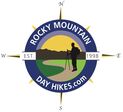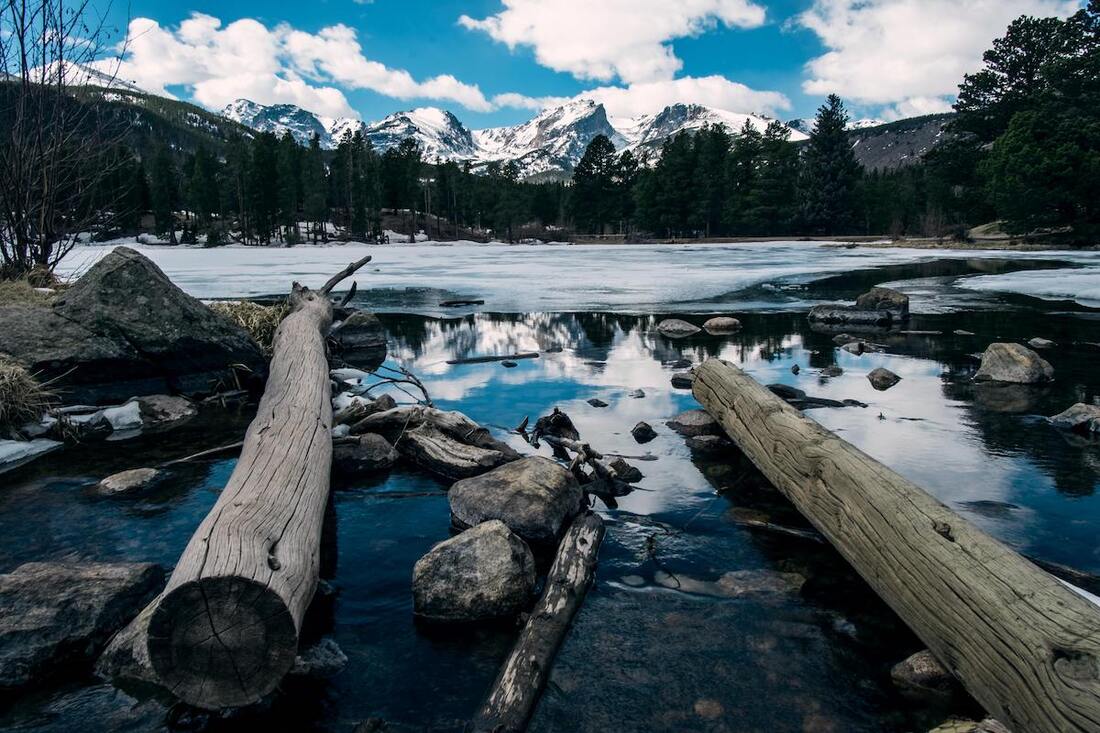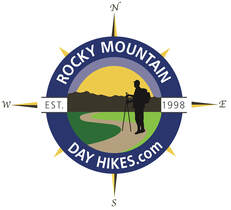|
Notes from the
Trail |
|
by Edrian Norris From the rugged mountain environments to wildlife and alpine lakes, Rocky Mountain National Park has something for everyone. In the winter, camping enthusiasts will also enjoy the park's Aspenglen Campground. Most recently, the Park announced it would host snowshoe and ski tours starting in January and through Late March, taking place at various locations inside the park near Grand Lake. The 2-hour guided snowshoe tours will have park rangers sharing their knowledge about plants and wildlife in the area as participants walk through hilly, snow-covered meadows. Meanwhile, cross-country ski tours are set to begin on January 18 and will continue through March 15. Of course, experienced hikers and campers who prefer having their own itinerary are also welcome to do so. However, ensuring you're taking care of your eye health in the Park's high altitudes is important for a more comfortable and enjoyable hiking experience. In this post, we'll be sharing some high-altitude eye care tips for hiking in Rocky Mountain National Park: Wear sunglasses While sunglasses are typically associated with sunny summer days, eye health experts have long insisted on the importance of wearing sunglasses even when it's cloudy or dim outdoors. This is because clouds don't block UV rays, leaving you vulnerable to UV overexposure even when it isn't sunny. In our post reviewing winter gear, we highlighted the Julbo Aero sunglasses, which feature photochromic lenses in a semi-shield shape, helping protect the wearer's face from cold winds at high altitudes. If you already wear glasses or contacts for corrective purposes, you don't have to ditch them in favor of shades. In this case, you can opt for prescription sunglasses which are easily available in physical stores and via online retailers. Sunglass Hut offers a wide range of prescription shades from different brands, including sports and activity brands like Oakley and Costa. Aside from prescription lenses, you can also go for lens upgrades or coatings like polarized lenses to eliminate snow glare and harsh reflections, as well as semi-shield silhouettes to provide more coverage from the high altitude weather. Consider goggles If you're especially sensitive to the cold or the winds, you may want to consider goggles. When hiking or camping at high altitudes, the cold and harsh winds can cause problems for your eyes, including dryness, irritation, and possible particles getting in your eyes. In this case, goggles offer more airtight protection, ensuring outdoor elements don't hit you in the eye and parts of your face. Goggles also tend to offer a wider field of view, which can be crucial for navigating complex terrains. Nowadays, there are different kinds of goggles you can find depending on your needs and preferences. A collaboration between visual artist Shantell Martin and Anon in 2023 introduced an innovative magnetic face mask called the Sync Goggle. These goggles used Anon's M-Fusion magnetic latch system to secure lenses and remain lightweight. If you're worried about strong winds at high altitudes, this magnetic technology can be good for your peace of mind. However, goggles do have a problem of occasionally misting depending on the weather. As such, you may still want to keep a pair of sunglasses handy. Pack water and snacks Finally, one of the best ways to protect your eyes when hiking in high-altitude areas like Rocky Mountain National Park is to ensure your body is well-equipped for the weather conditions, especially in the winter. While packing adequate water and snacks is certainly necessary, you should also pay attention to hydrating snacks like fruits or dried fruits to ensure you have enough liquids. For other snacks, you'll want to focus on foods with lots of protein and carbs, such as crackers or bars. Meanwhile, experts recommend packing at least a liter of water per person every two hours of hiking. Most trails and itineraries for hiking Rocky Mountain National Park average between three and four hours, so you should pack accordingly.
1 Comment
8/15/2025 11:17:41 pm
Fantastic post! I love how you emphasize the benefits of prescription sunglasses with polarized, semi-shield lenses to combat snow glare and protect from high-altitude winds. At our firm, we specialize in Prescription Sports Glasses designed exactly for this purpose—perfect for the trails you’ve described!
Reply
Leave a Reply. |
"The wild requires that we learn the terrain, nod to all the plants and animals and birds, ford the streams and cross the ridges, and tell a good story when we get back home." ~ Gary Snyder
Categories
All
“Hiking -I don’t like either the word or the thing. People ought to saunter in the mountains - not hike! Do you know the origin of the word ‘saunter?’ It’s a beautiful word. Away back in the Middle Ages people used to go on pilgrimages to the Holy Land, and when people in the villages through which they passed asked where they were going, they would reply, A la sainte terre,’ ‘To the Holy Land.’ And so they became known as sainte-terre-ers or saunterers. Now these mountains are our Holy Land, and we ought to saunter through them reverently, not ‘hike’ through them.” ~ John Muir |
© Copyright 2025 Barefoot Publications, All Rights Reserved




